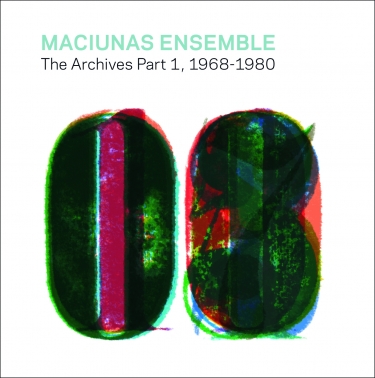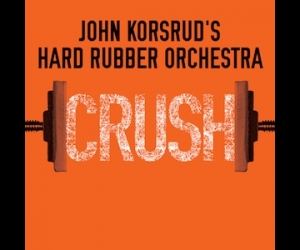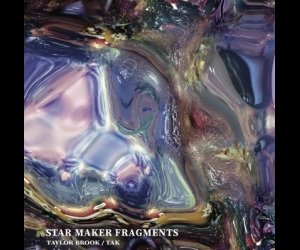The term process music usually designates compositions that develop along predetermined parameters. It may be attached to pieces built on algorithms or to certain minimalist works, such as those composed by Tom Johnson. You don’t very often find it associated with improvisation, or with music that develops over a period of years. And yet, it is exactly in that sense that the output of the Maciunas Ensemble can and should be considered.
Part art project, part socio-musical experiment, the Maciunas Ensemble was set up by Netherlands-based artists Paul Panhuysen and Remko Scha and rock guitarist Jan van Riet. This trio—who later expanded to larger lineups with a flexible membership—convened every weekend to play music, record their sessions, and discuss them after listening. The music was to be free in form—the musicians chose their instruments (piano, violin, saxophone, but also toys and a wild array of instruments from ethnic traditions) and what to do with them on the spur of the moment. There were to be no leaders, and no followers. No specific aim was set beforehand, either in the weekly sessions or on a longer term. The ensemble performed only very sporadically in public.
In the discussions afterwards, the ensemble reflected on their performance and on the quality of what they had just produced; and then decided to keep or erase the recording, entirely or in part. The archived recordings were then listened to and discussed again every six months, resulting in further pruning. From these tapes Panhuysen and Dutch music journalist Mark van de Voort selected pieces that constitute a chronological collection on a set of eleven CDs, covering the first twelve years of the ensemble.
What you hear on these CDs is how the music gradually evolves, from a quite drastic free-for-all in precursors to the Maciunas Ensemble that Panhuysen was involved in, and in the earliest sessions of the ensemble proper, to lengthy musical conversations between its members in the late 1970s. It is not so much the technical musicianship that attains a higher level, but the communication within the ensemble. They have, over the years, evidently acquired a better ability to listen while playing, to create musical space while filling it in. Through their weekly sessions of playing and critical listening, a method that puts them in the realm of oral tradition, they transformed into a band in the anthropological sense. The music works especially well when the groundwork is kept simple—repeated chords in an ongoing pulse. This provides space for the musicians to add and develop their own content.
In other words, don’t expect staggering virtuosity. This set is rewarding at a very different level. It discloses a crucial aspect of Panhuysen’s work as a sound artist, long before he gained international recognition as such. Sometimes simplistic, often vibrant, and quite diverse in its contents, it’s also an intriguing time-lapse document of a twelve-year (and still ongoing) process. The only drawback is that you’ll have to take it in by the ears, the written information is disappointingly scant. Great design, though.



